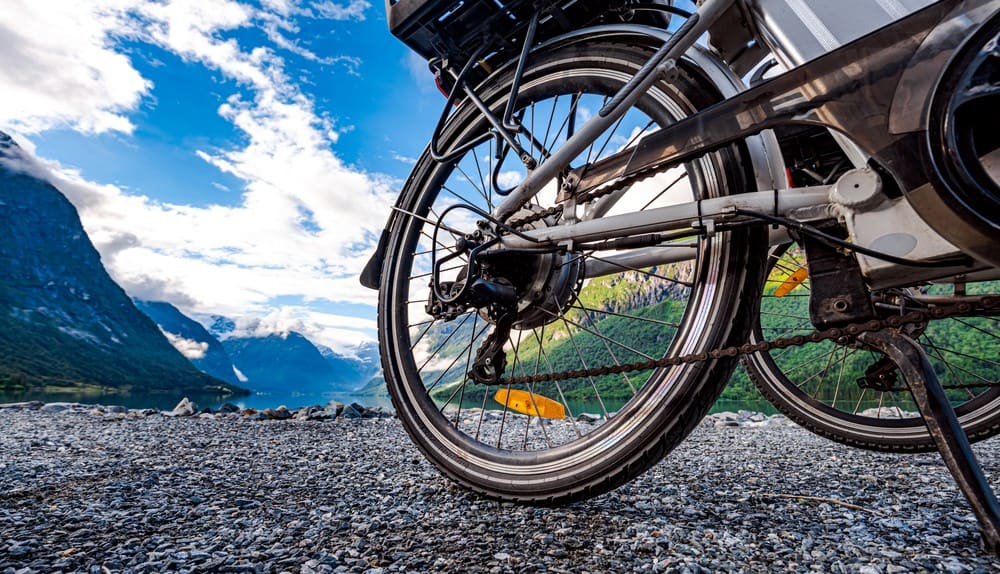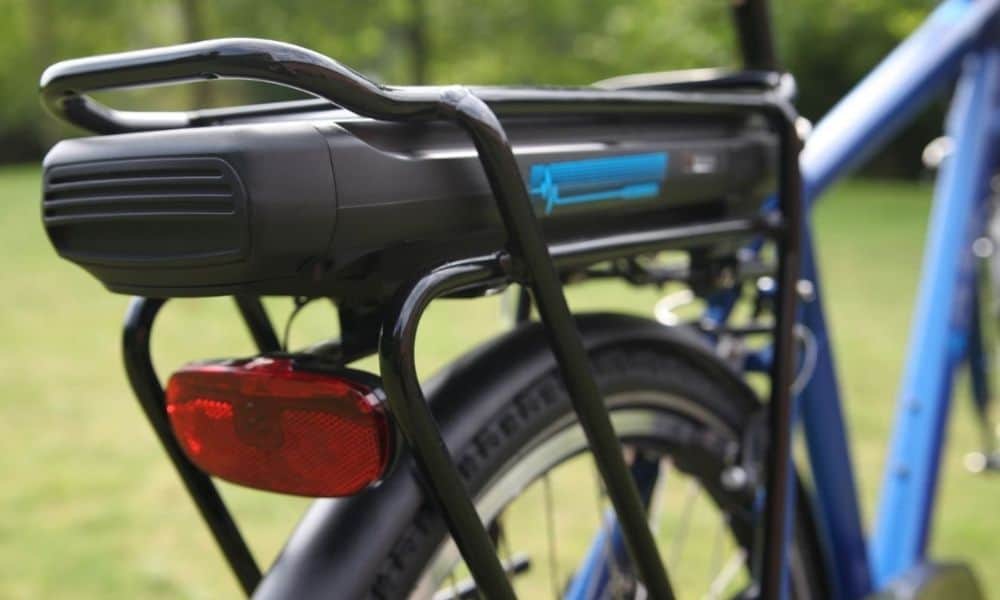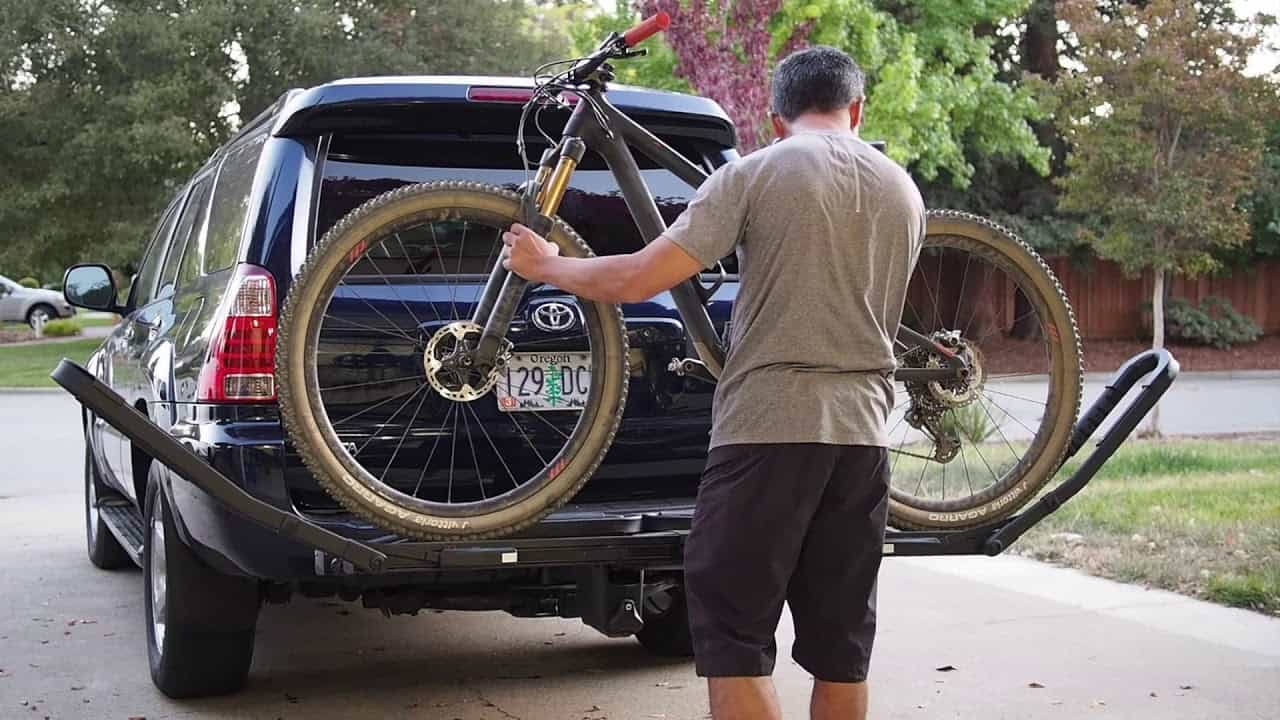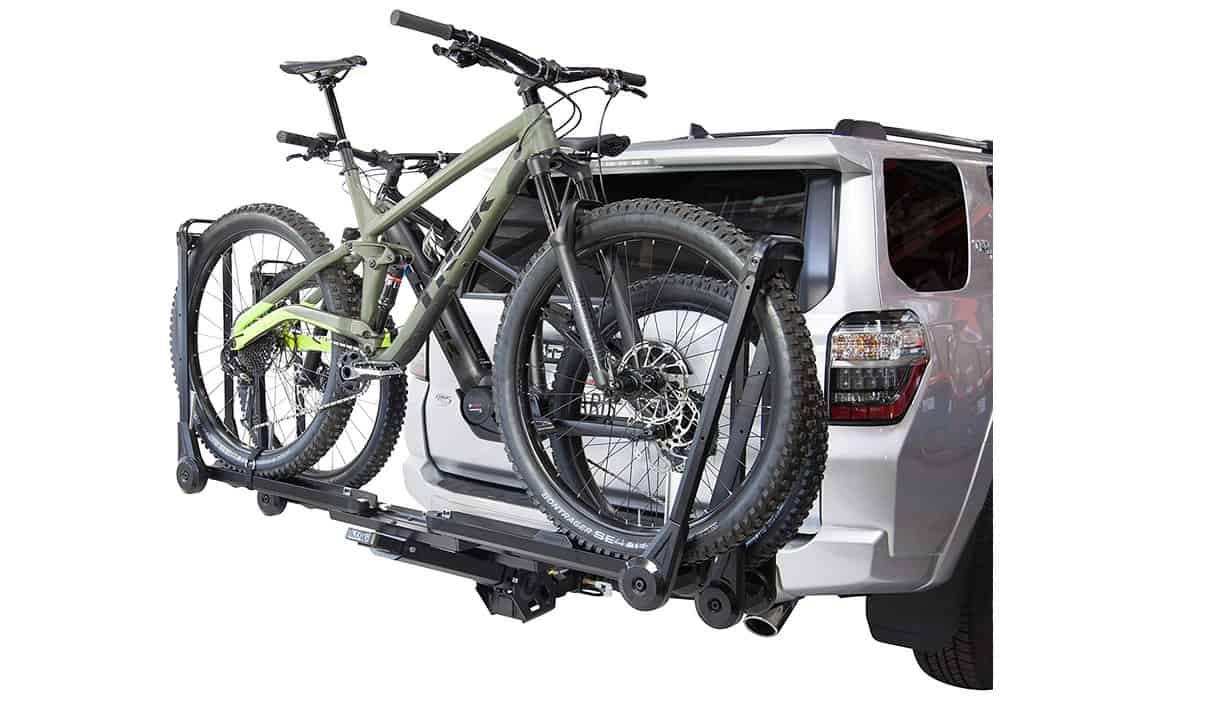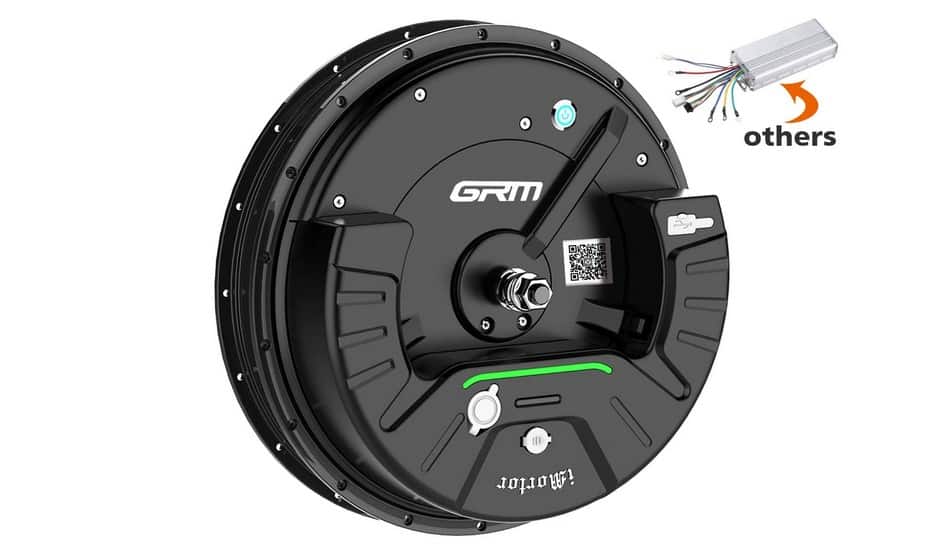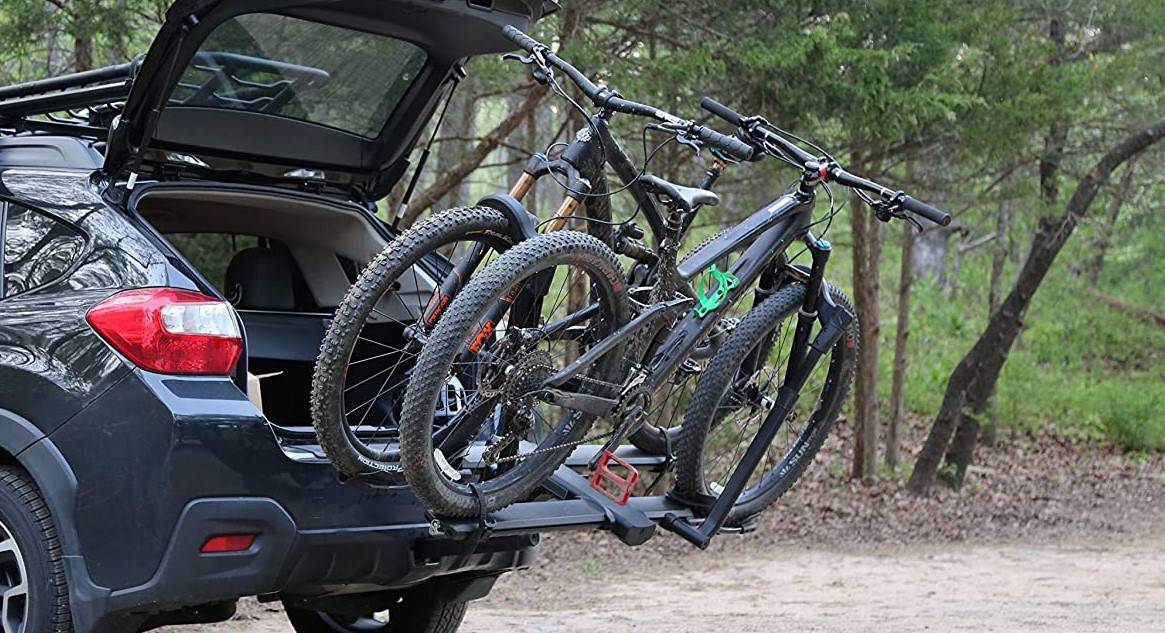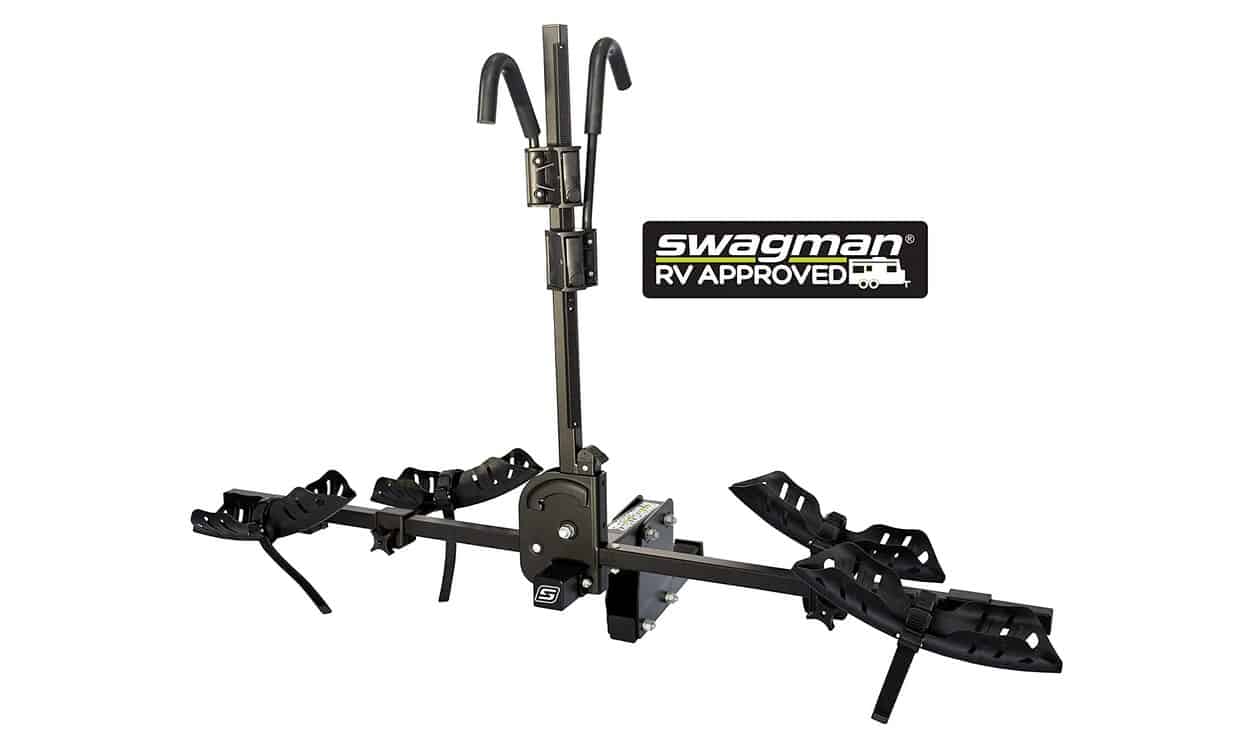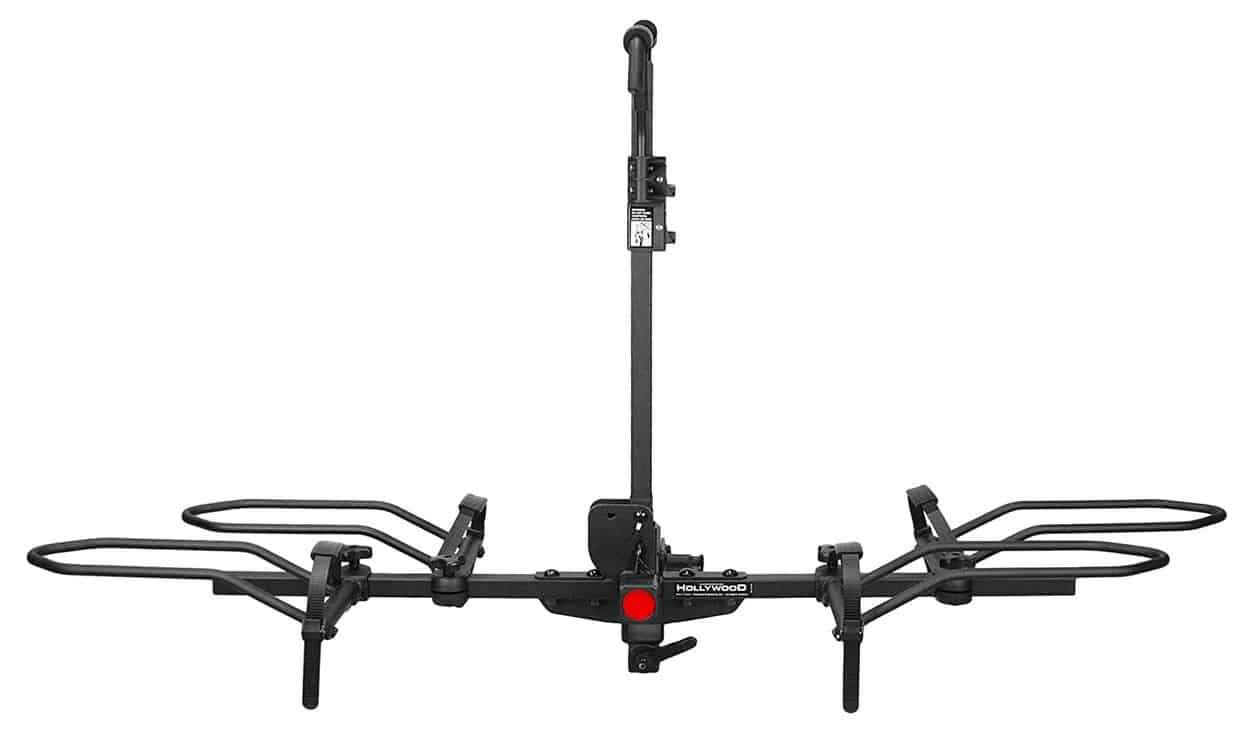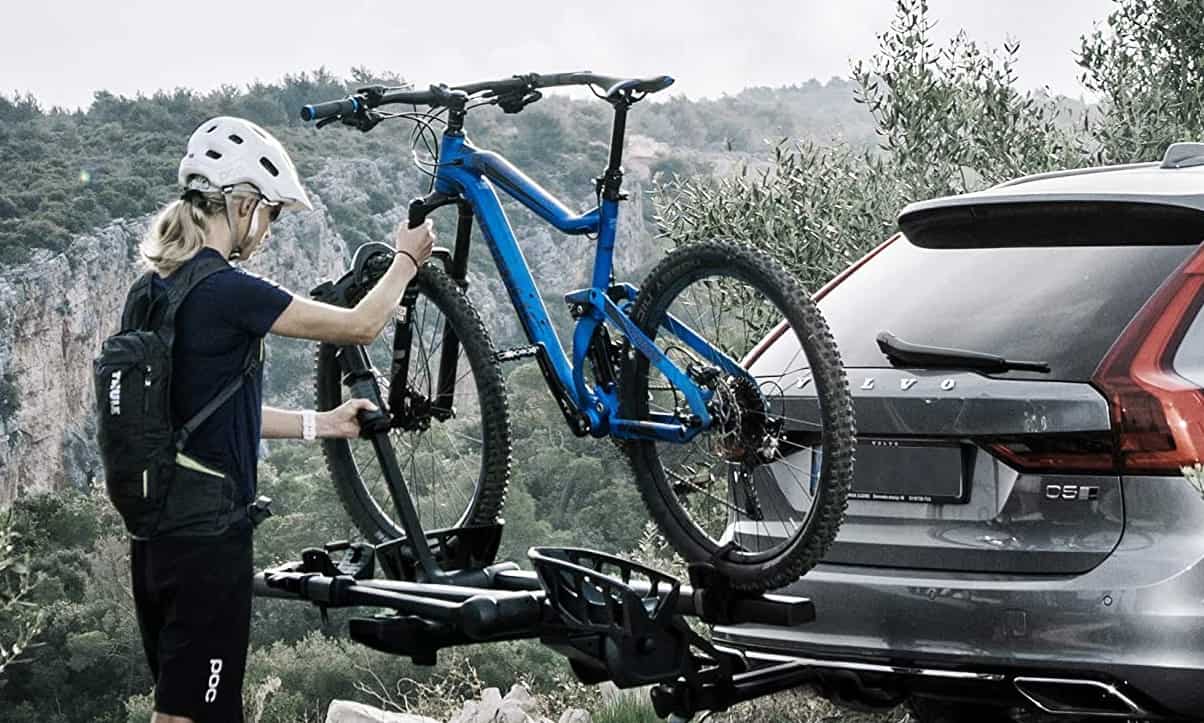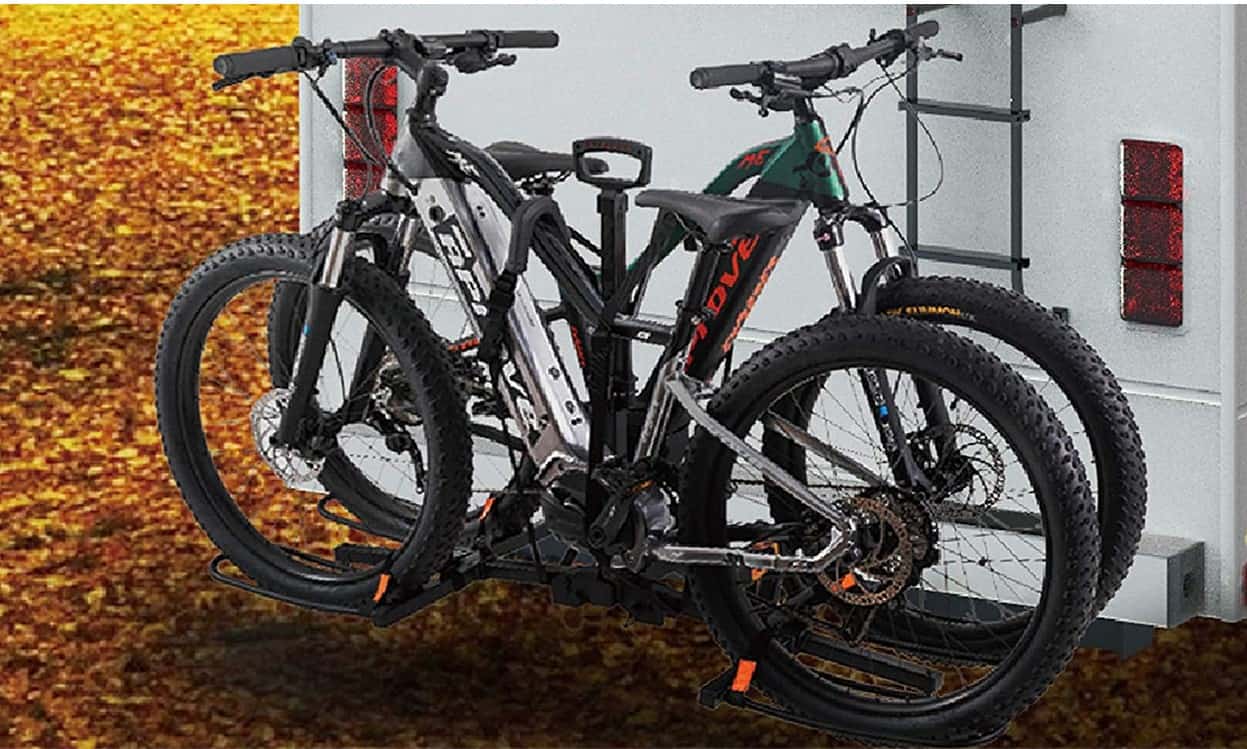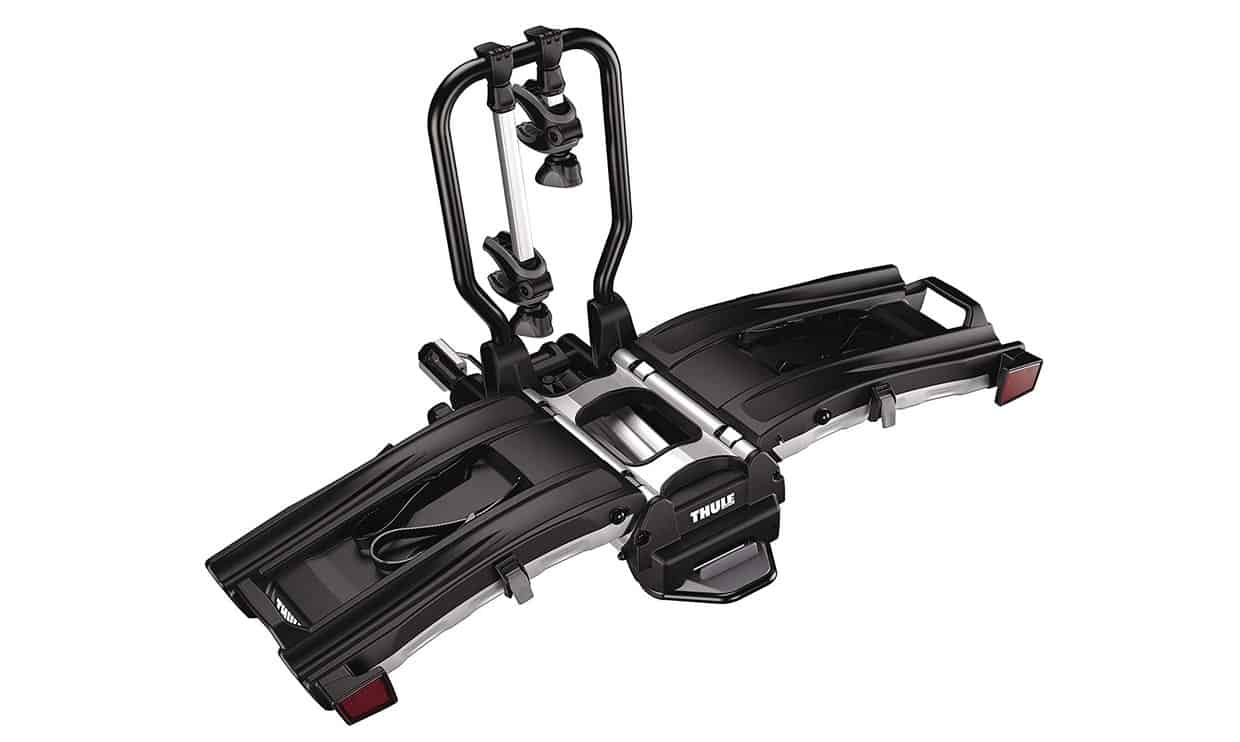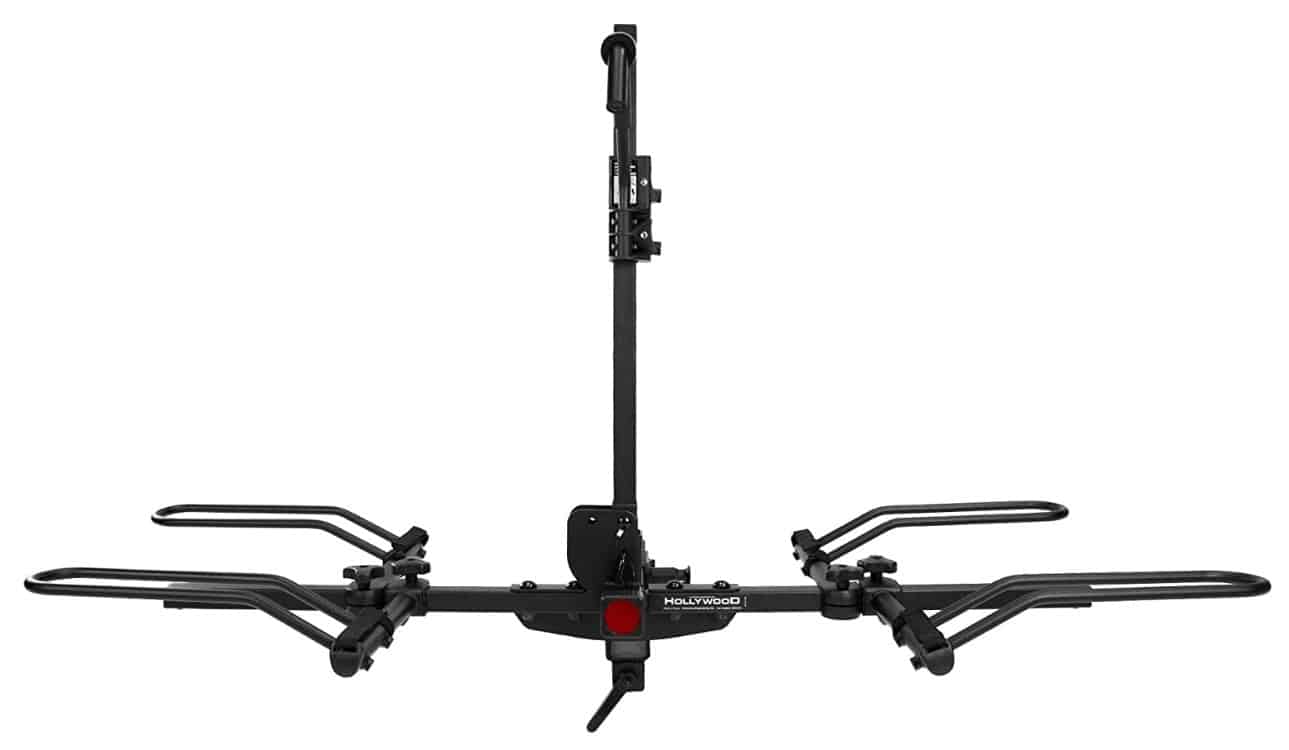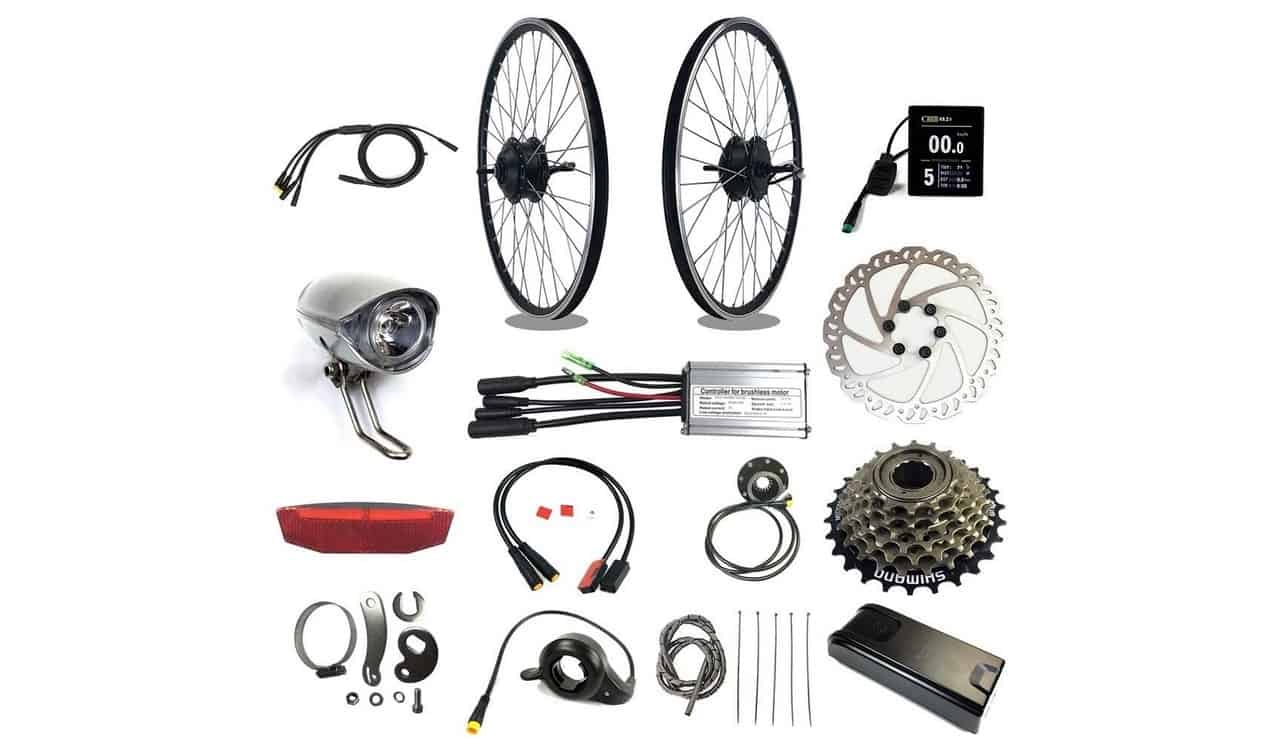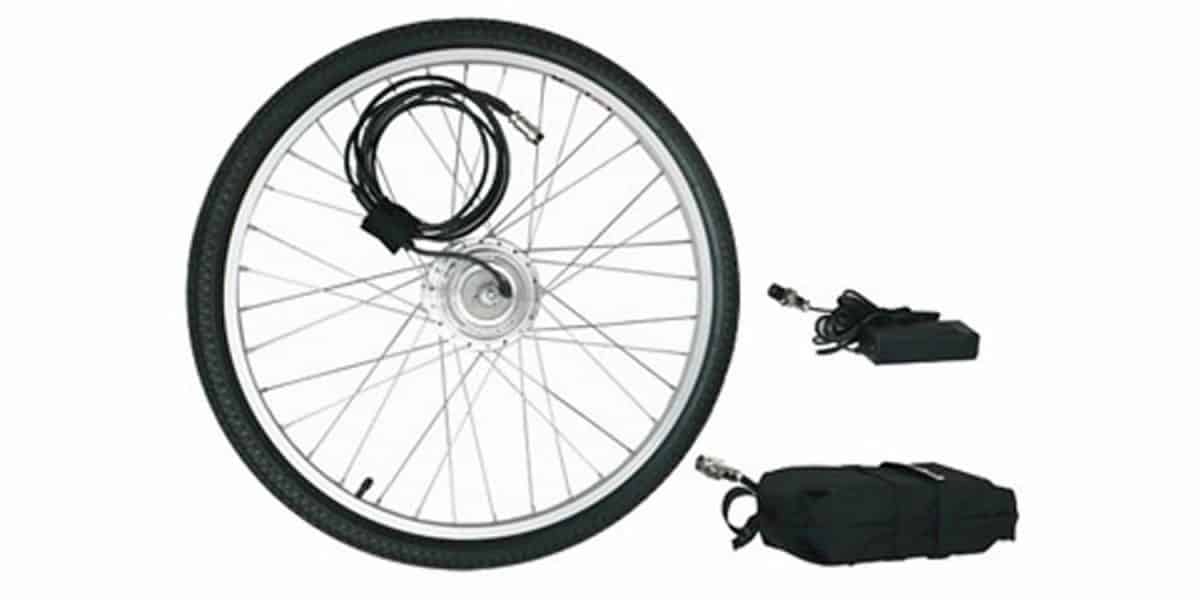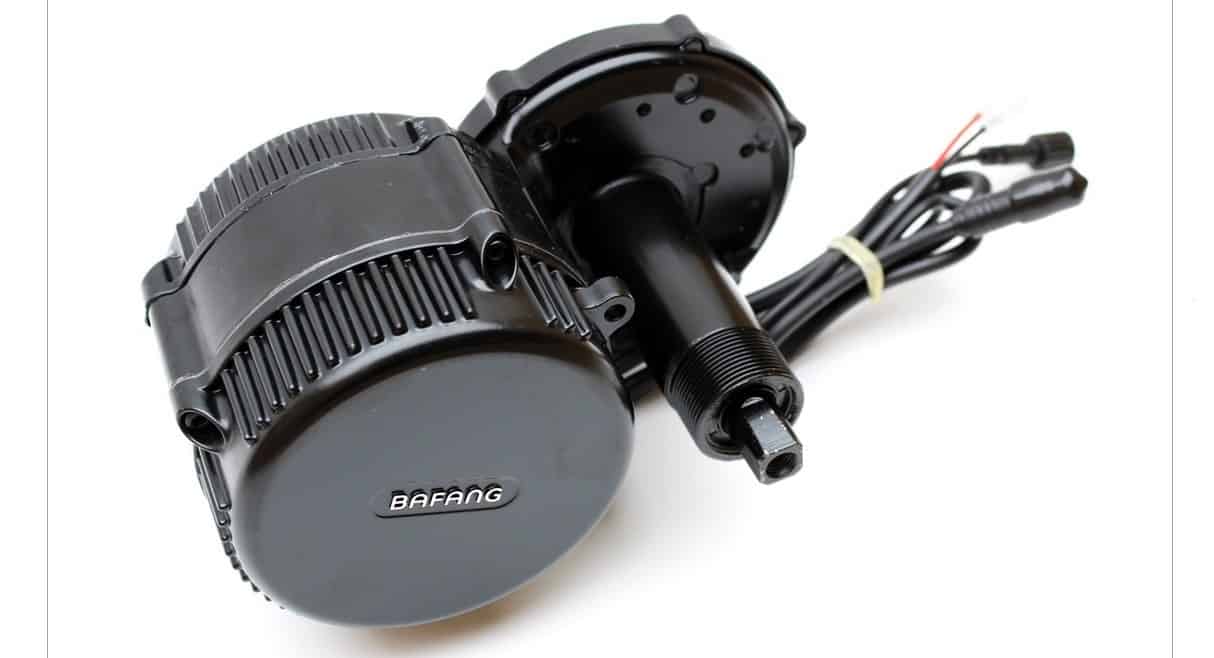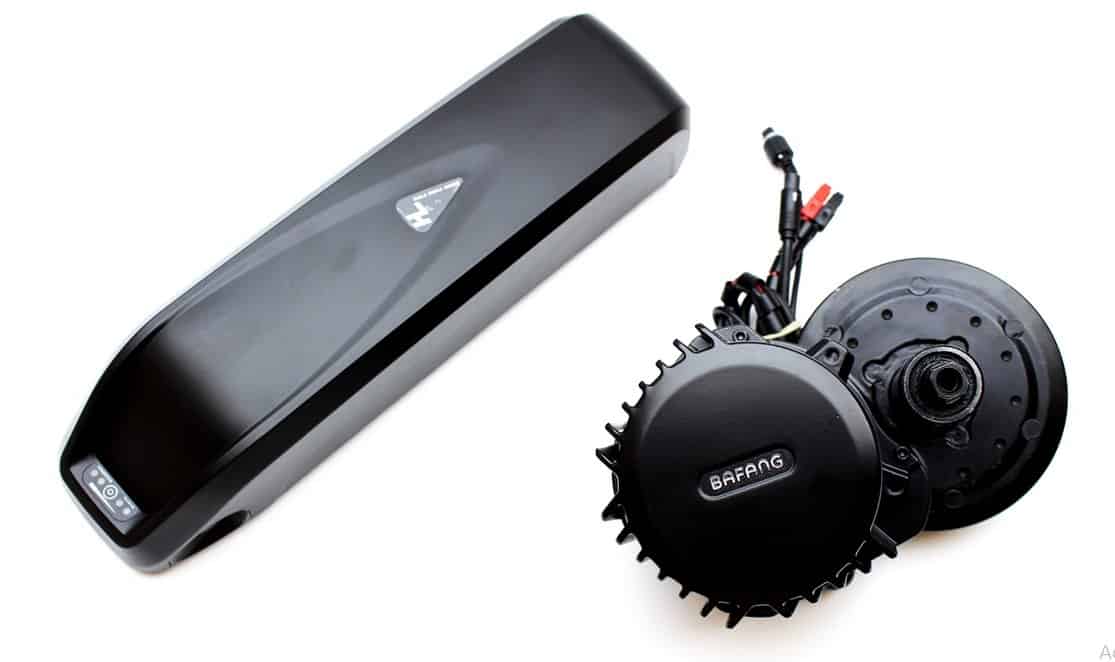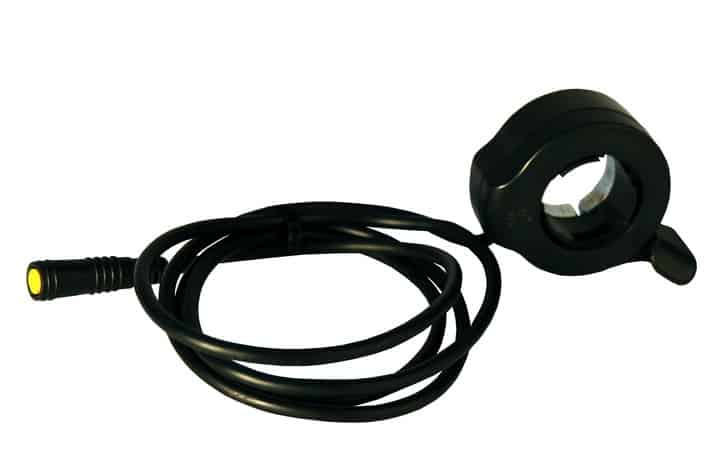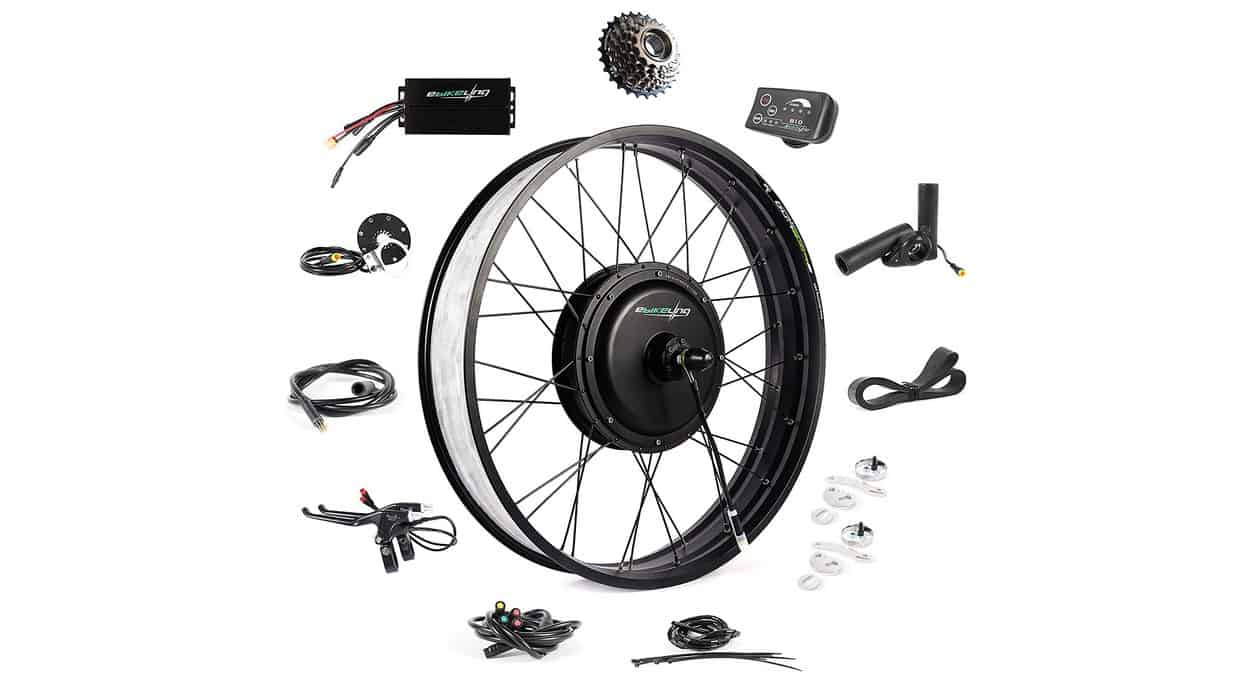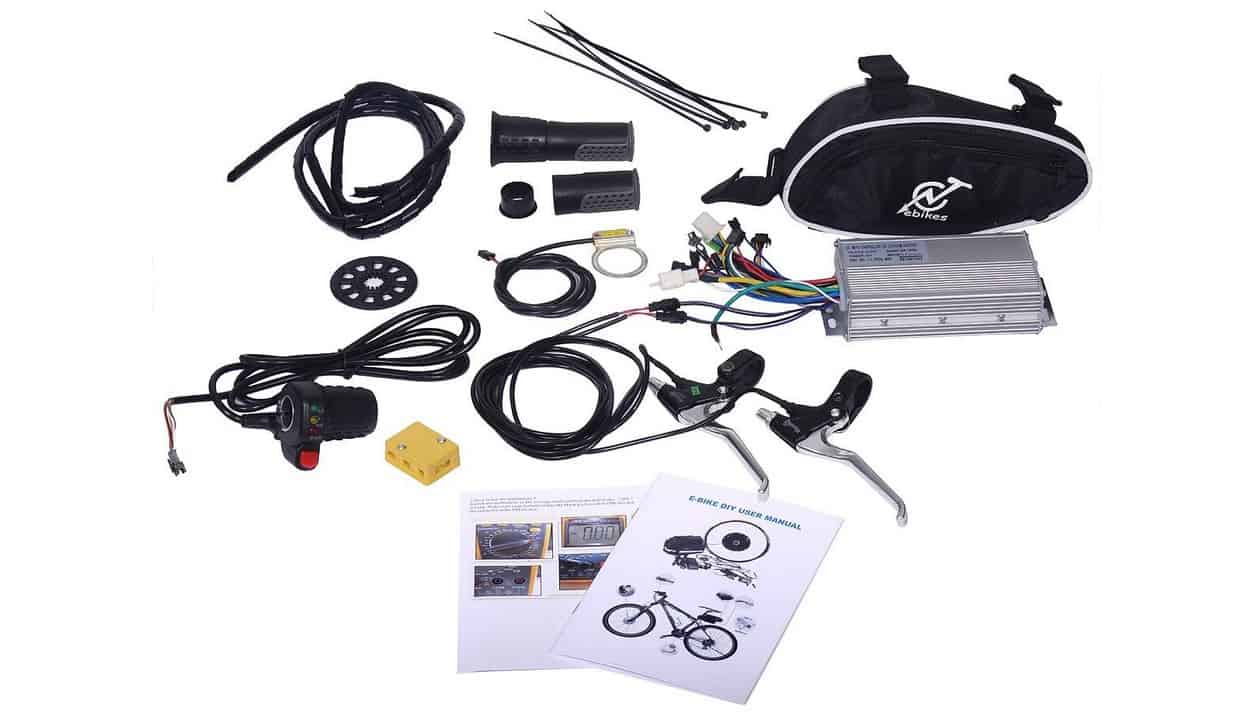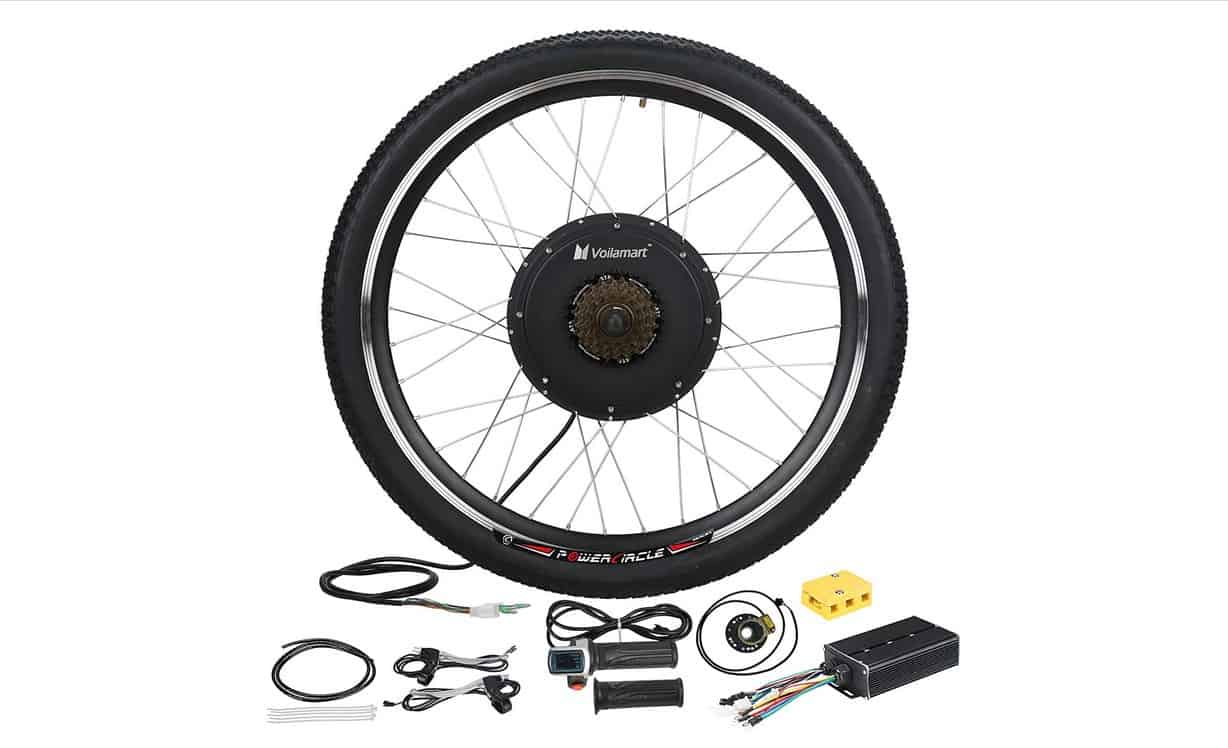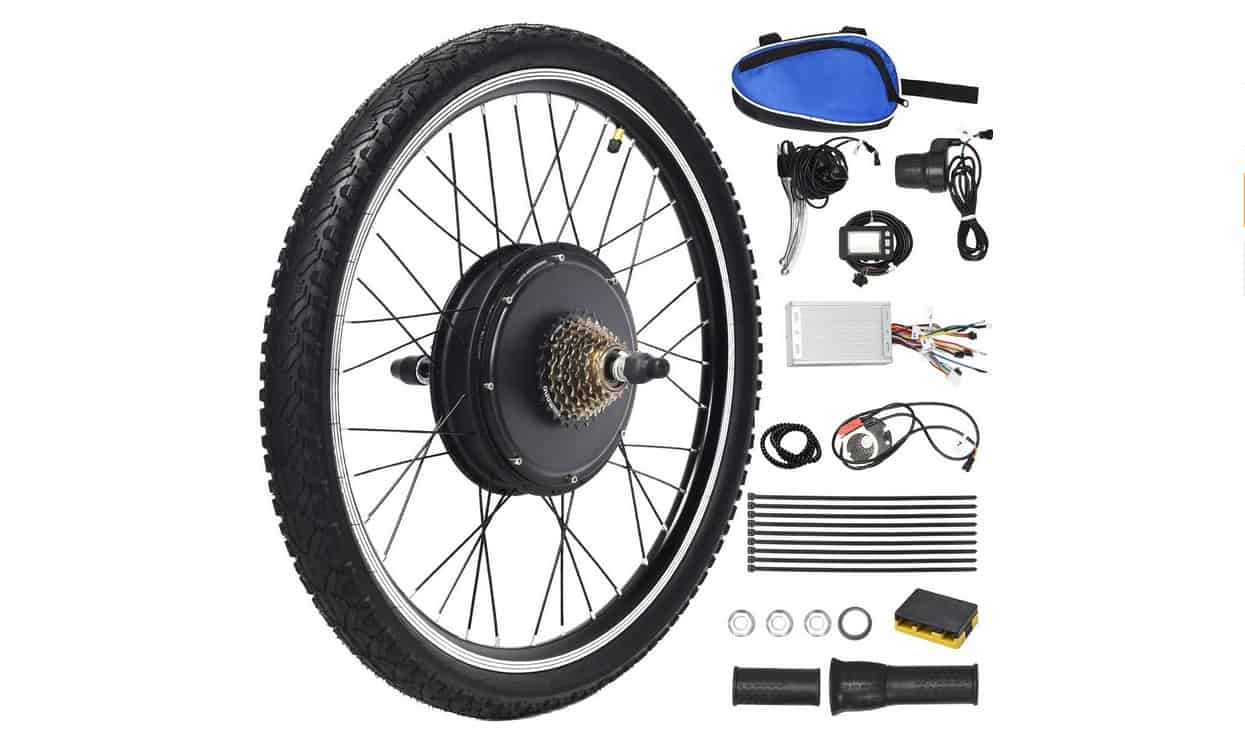Upgrading your traditional bike to an electric bike is a popular search query. A quick trip to Google will show that there are countless forums where bike owners ask about upgrading their bike and the best way to add a battery pack to their ride. Thankfully, because this modification is a popular one, if you have your heart set on upgrading your ride to an ebike, it can be done from the comfort of your own home. Check out these best practices and tips to ensure that you’re safely and accurately upgrading your bike to an electric model. And also that it is up to standard in comparison to the top-tier electric bikes on the market.
KEY TAKEAWAYS:
- Upgrading your bike to an electric model is easiest with a conversion kit.
- You can make a lithium-ion battery pack from scratch but this is best left to experienced individuals.
- For best results, use lithium-ion battery cells from major name brands.
Let’s Start with the Warnings
Before you go running off to get supplies, you need to know that most ebikes rely on lithium-ion battery cells for power. Lithium-ion is a standard power source for most electronics including your computers, smartphones, and smartwatches to name a few. While they’re incredibly effective at powering devices, they do come with a few drawbacks.
What You Need to Know About Lithium-ion Batteries
While there’s a lot to love about these battery cells, you also need to know that they can also be very volatile and unstable. This is especially true if you’re not sure of the product quality. Poorly made lithium-ion batteries are more likely to malfunction when they overheat — and these batteries get hot quickly when in use especially for sustained periods. Also, be aware of the wattage and the level of power they can generate for your e-bike.
Wiring a Battery to Create an eBike
Depending on how comfortable you are with performing this modification or how handy you are with wiring, there are a few options available to you if you want to upgrade your traditional bike into an electric bike.
Buy an electric motor conversion kit
Hands down, the most user-friendly option is going to involve buying a conversion kit. There are a few different designs that will either offer front or rear wheel motor modifications. But these kits come with all of the equipment you need to upgrade your existing bike — including the battery — and provide step-by-step instructions which can usually be completed in under an hour.
An added benefit of using a conversion kit is that if you need help, you can contact the kit manufacturer for support. So, if you’re not comfortable going the full DIY route, we highly recommend that you opt for a conversion kit. These kits also include all of the wiring necessary to get your ebike up and running while also minimizing the total wires needed so that your finished product looks more like an ebike and less like a Franken-bike. Conversion kits are great ways to upgrade and install an electric motor on rear suspension bikes too.
Drawbacks of Conversion Kits
The only real drawback to using a conversion kit is that there’s always a risk that you buy a kit that’s not entirely compatible with your existing bike frame or riding habits. Maybe the motor isn’t powerful enough for your off-road riding or the motor or battery pack is just too large for the bike frame, leading to a poor user experience. So, always check to confirm that the conversion kit and associated pieces are compatible with not just your bike model, but your riding goals.
Building Your Battery Cells
We can’t stress enough, building a lithium-ion battery pack from scratch isn’t something you should attempt if you’re not comfortable working with battery cells, managing wiring, or are unsure of what parts you’re looking at when you sit down at your workshop desk. While this modification can be done in a fairly short time, it’s definitely the more clunky option and may require more trial and error.
To build your battery packs, you’re going to need 18650 lithium-ion cells. These are common cells found powering most consumer electronics and are the most frequently used lithium-ion version in battery packs — including ebikes. Note that you may need a few dozen to as many as several hundred depending on how much power you’re trying to harness. You’ll also need
Quality Matters
Also note that if you’re going the full DIY method, you want to make sure you buy quality lithium-ion cells. Experts usually recommend opting for name-brand models such as Samsung, Panasonic, Sony, and LG as these batteries offer consistent power output and have premium quality control standards that ensure they’re less likely to malfunction, explode, or catch fire.
The Tricky Situation with DIY eBike Batteries
While this isn’t an issue if you buy a conversion kit, people who go the DIY route are going to find that it’s easy to get lost in the wires. In other words, you can create an ebike that’s functional but very messy, with wires all over the place. You need to be intentional with your DIY battery and think about where you can safely route the wires on your bike frame so that it doesn’t pose a hazard or become impossible to fix if you need to repair the battery at a later date.
F.A.Q.
Can I make my own ebike battery?
Yes, it’s possible — but we recommend that you only attempt this DIY hack if you’re experienced with electrical work, working with batteries, and wiring.
How long will a 48v 10ah battery last?
These types of batteries will usually have a life cycle between 700 and 800.
How do I choose a battery for my electric bike?
Ideally, opt for at least a 48-volt battery as these will give you better bike speeds especially when riding uphill.
STAT: Make sure you get 100% nickel strip and not nickel-plated steel, which is cheaper but has much higher resistance. (source)
REFERENCES:
- https://electrek.co/2018/05/10/build-diy-fat-tire-electric-bicycle/
- https://www.electricbike.com/introduction-battery-design-1/
- https://www.electricbike.com/ebike-wire-ratnest/r
- https://www.youtube.com/watch?v=TY7FwffZ5vc
- https://www.ebikeschool.com/how-to-build-a-diy-electric-bicycle-lithium-battery-from-18650-cells/

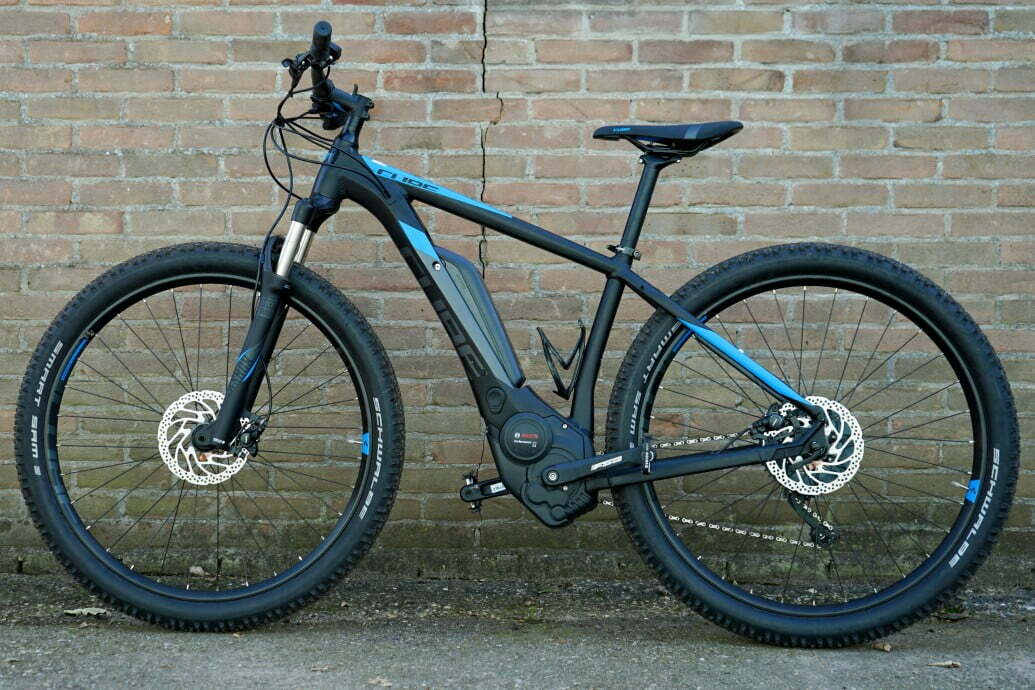













![Best Batteries for Electric Bikes in [year] 7 Best Batteries for Electric Bikes in 2026](https://www.gadgetreview.dev/wp-content/uploads/best-battery-for-electric-bike.jpeg)
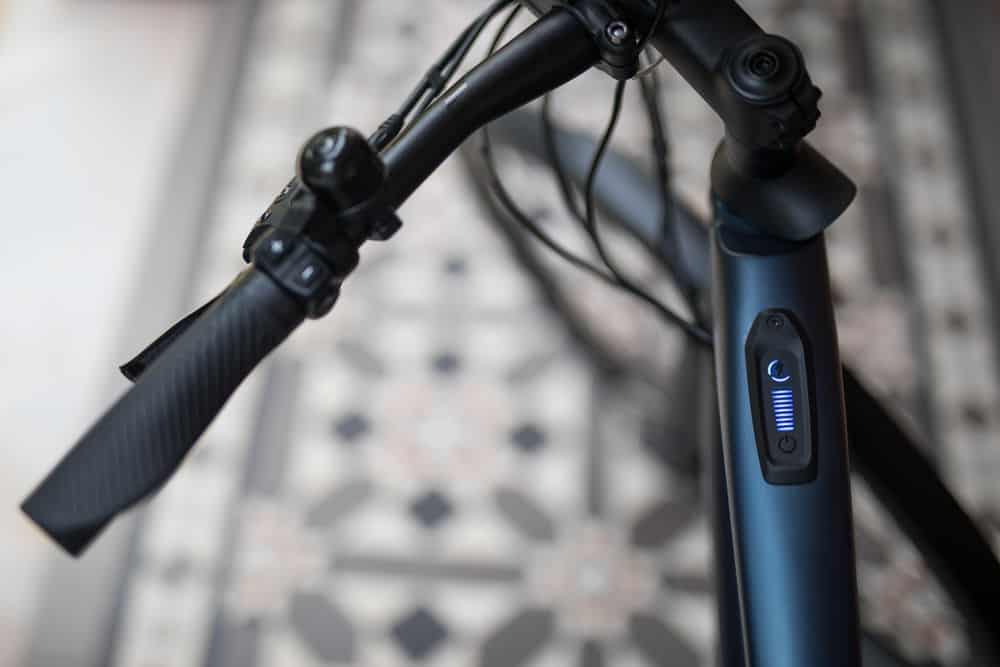
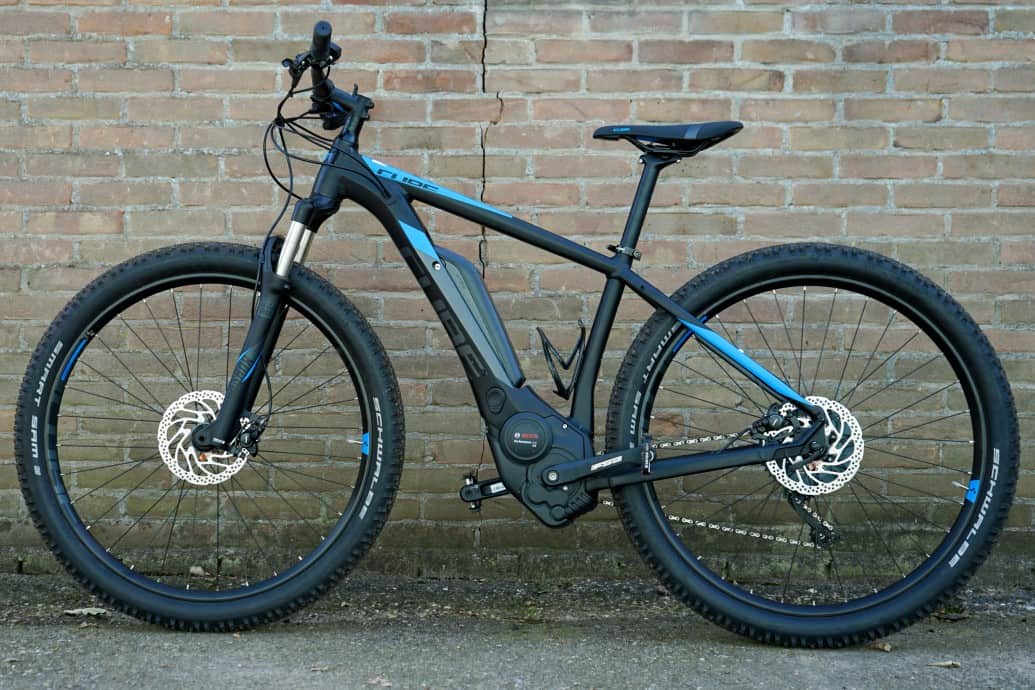
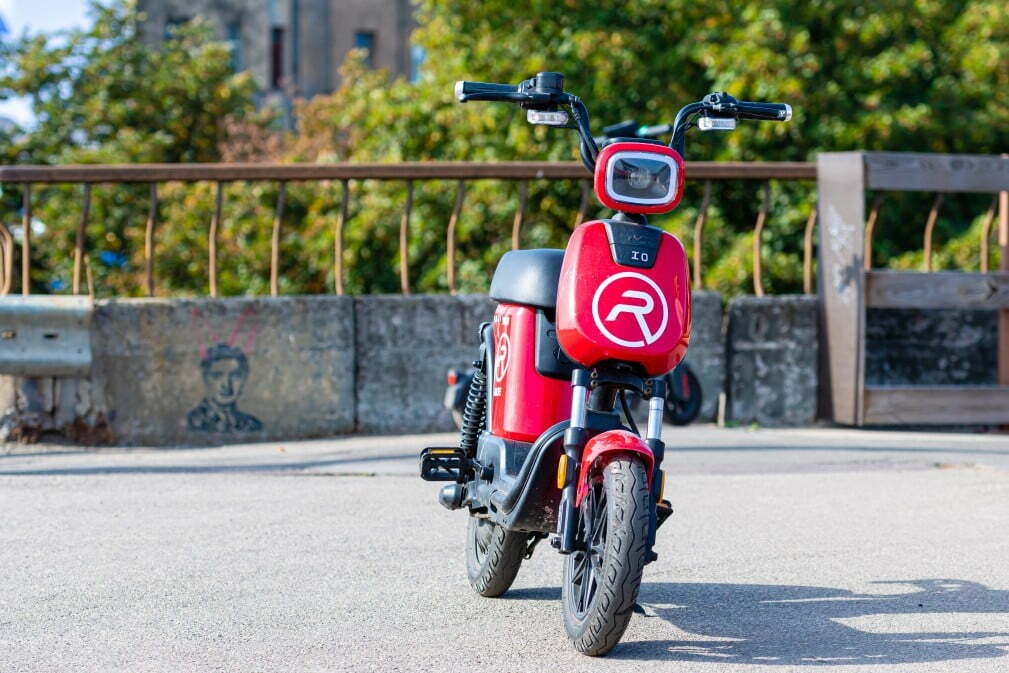
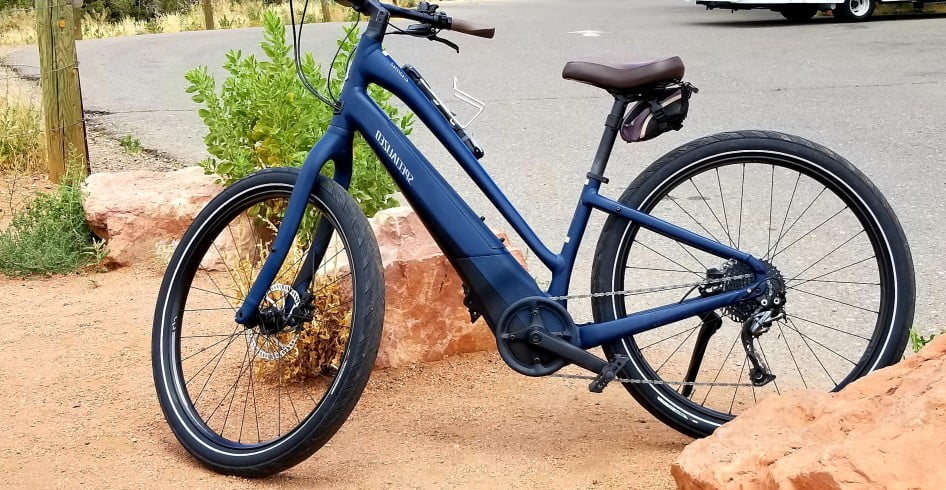
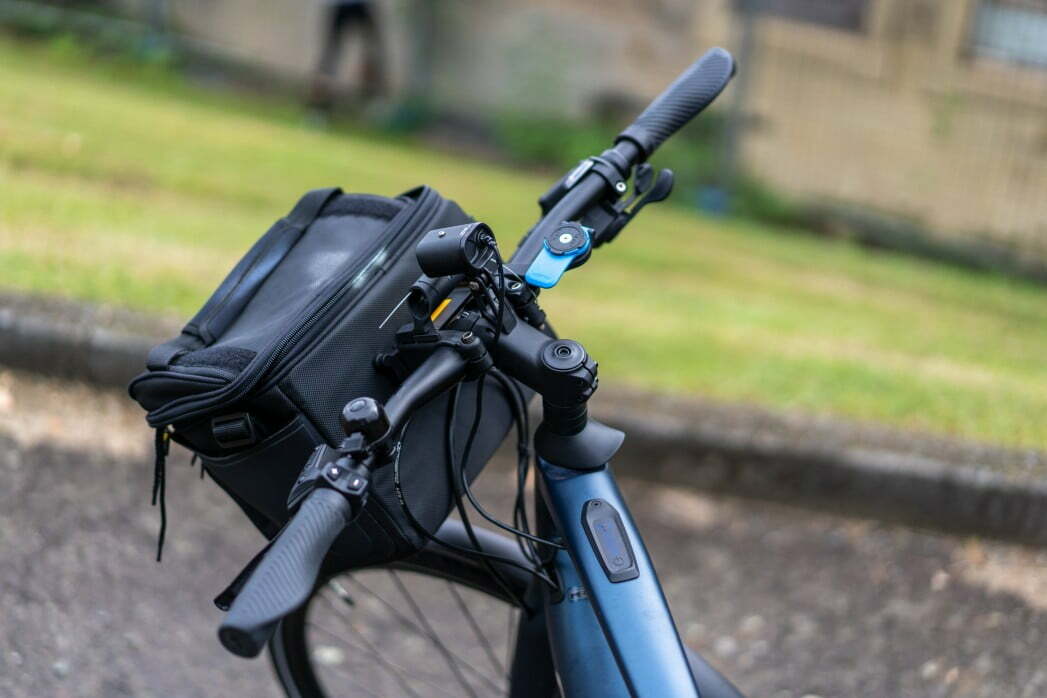
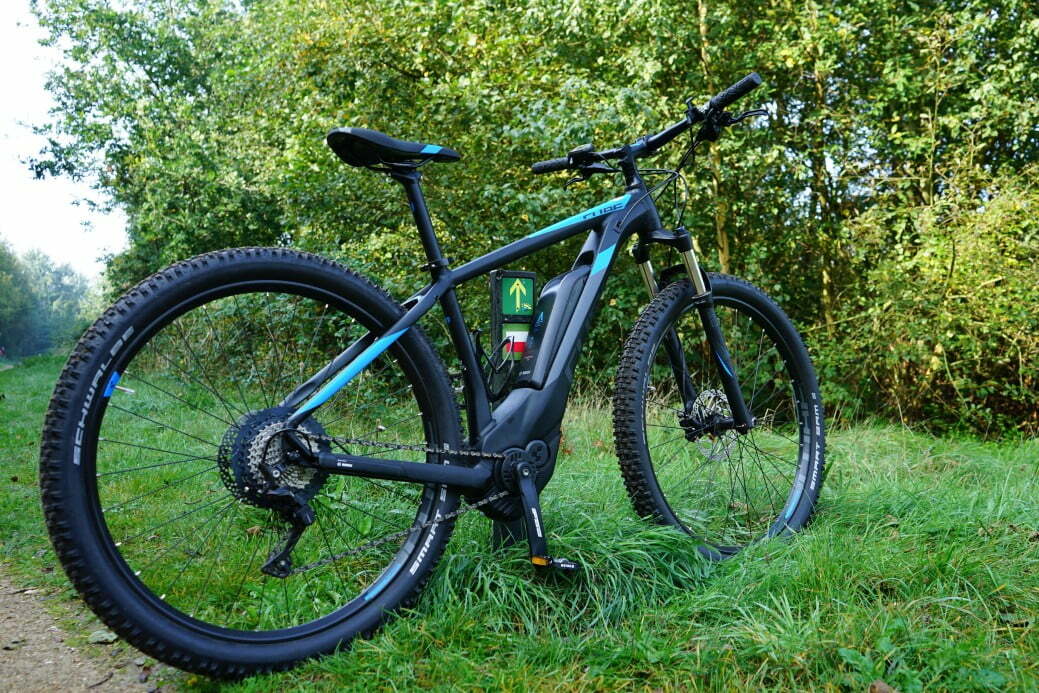

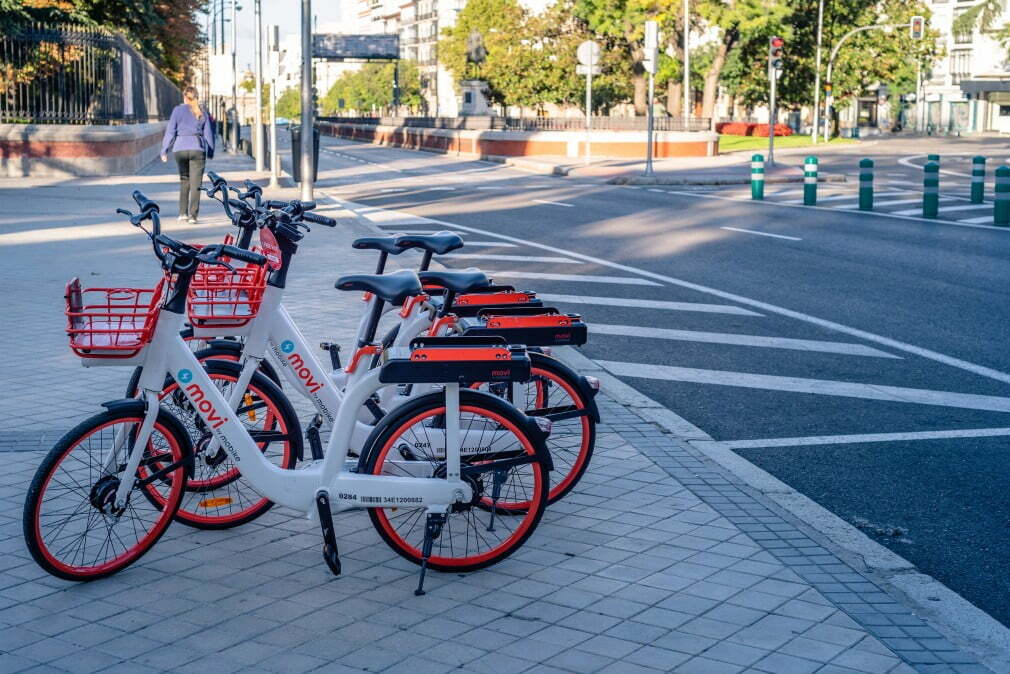

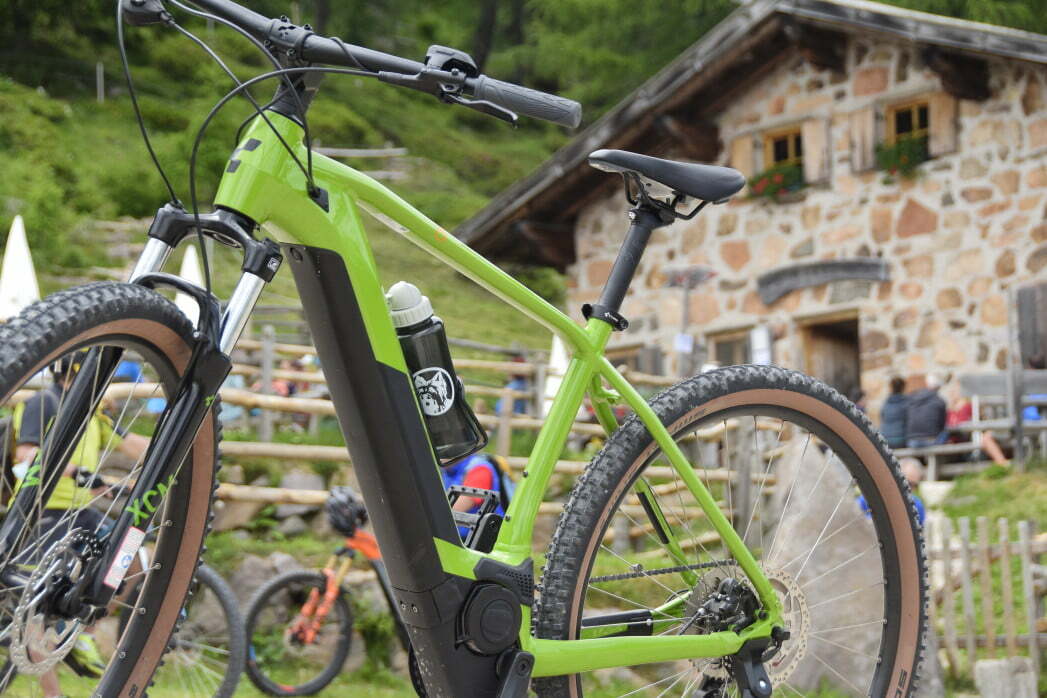
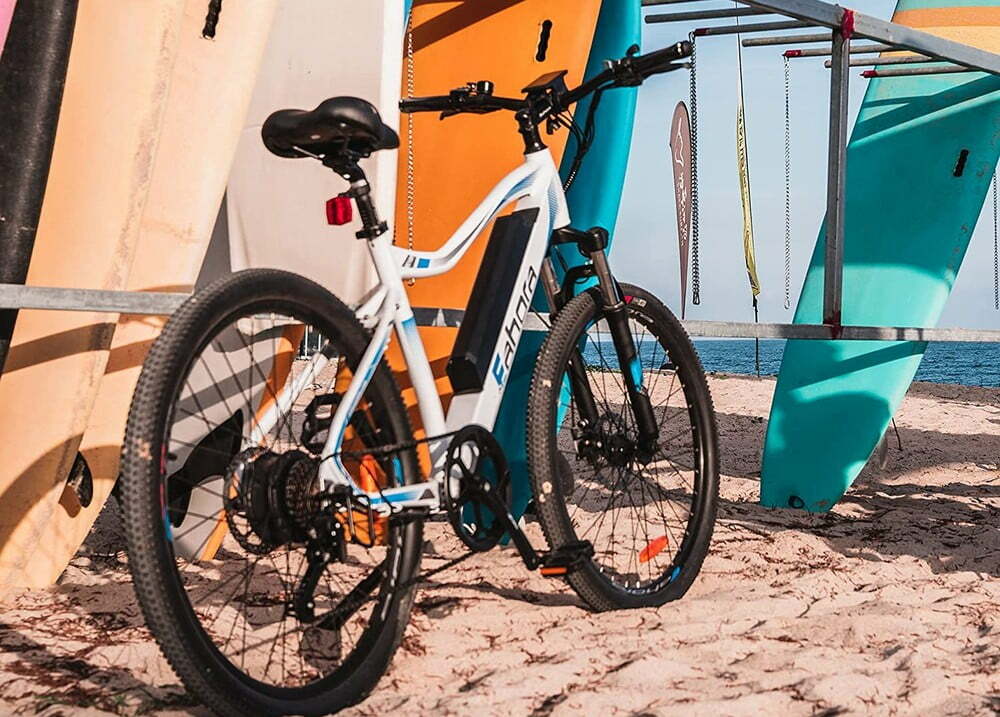
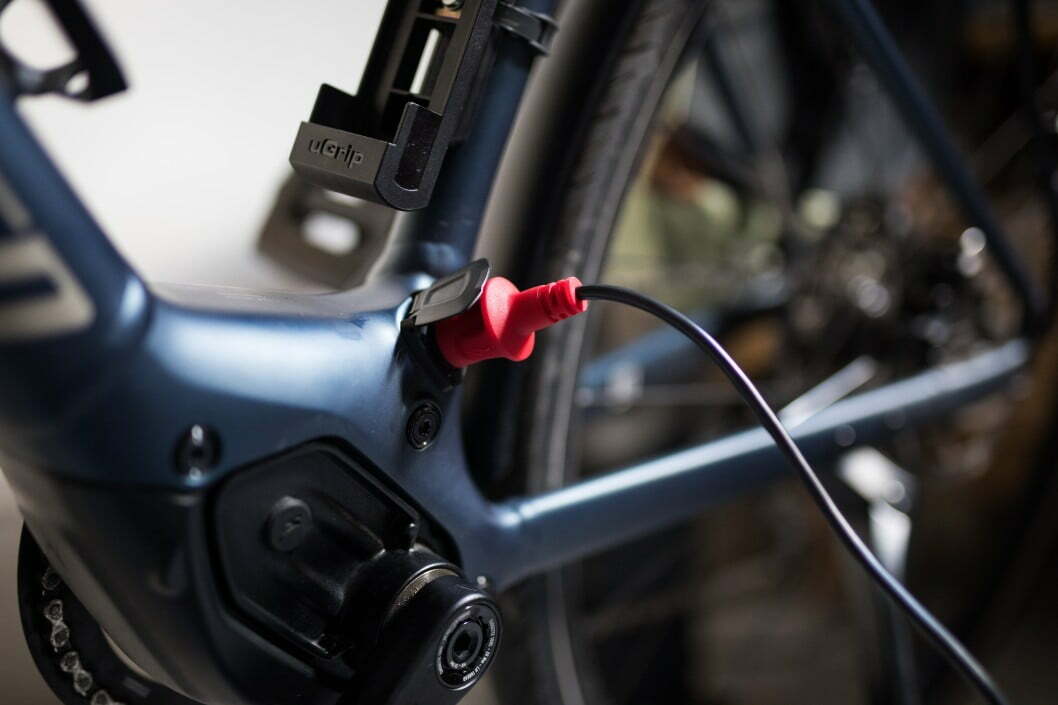
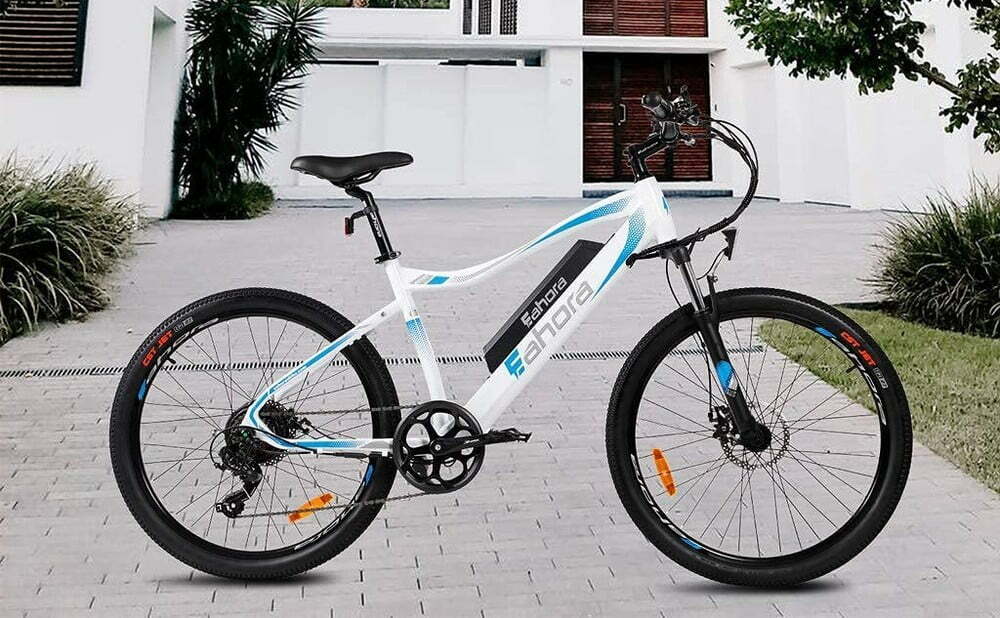
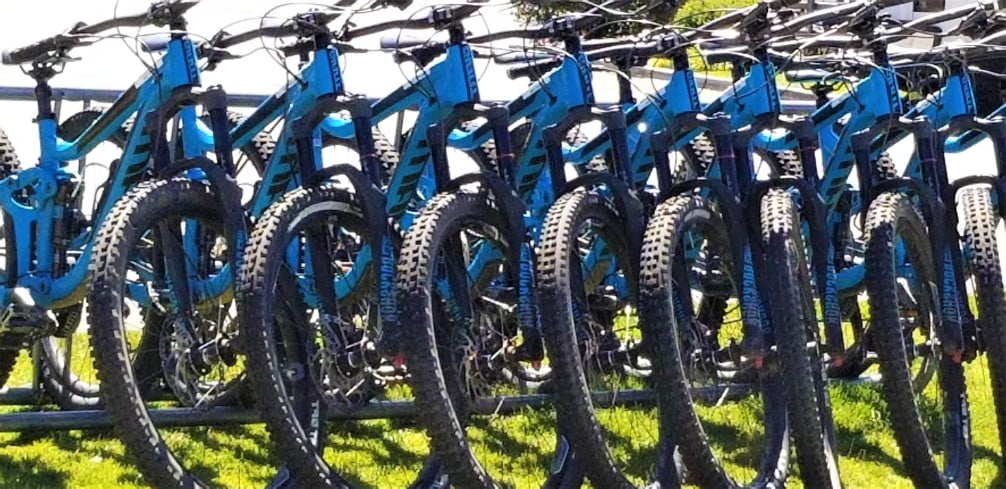

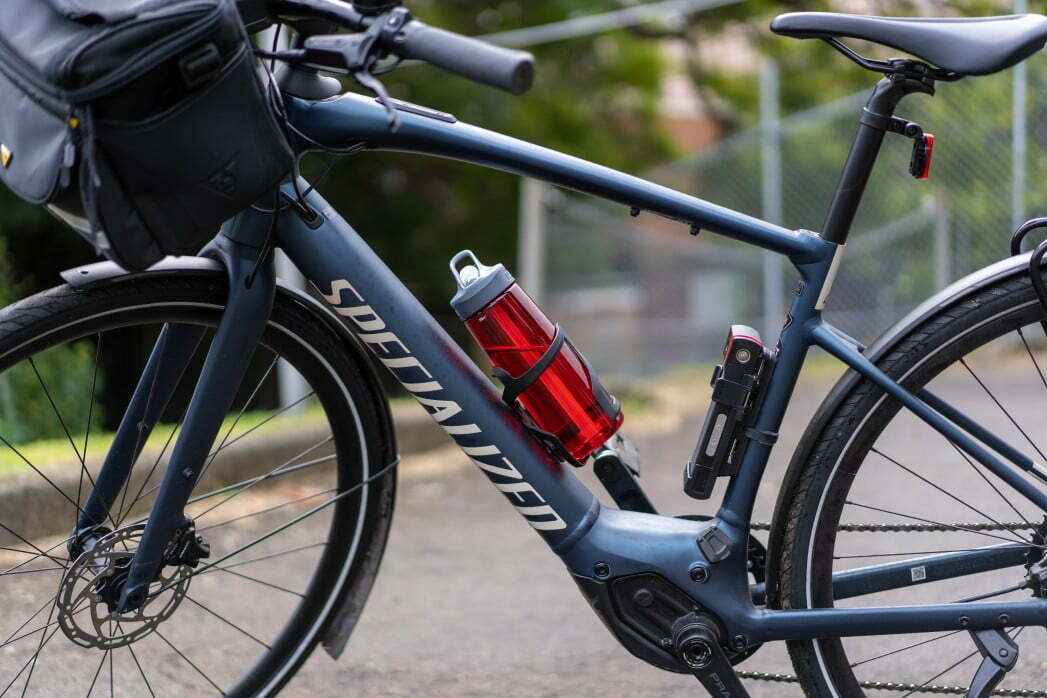
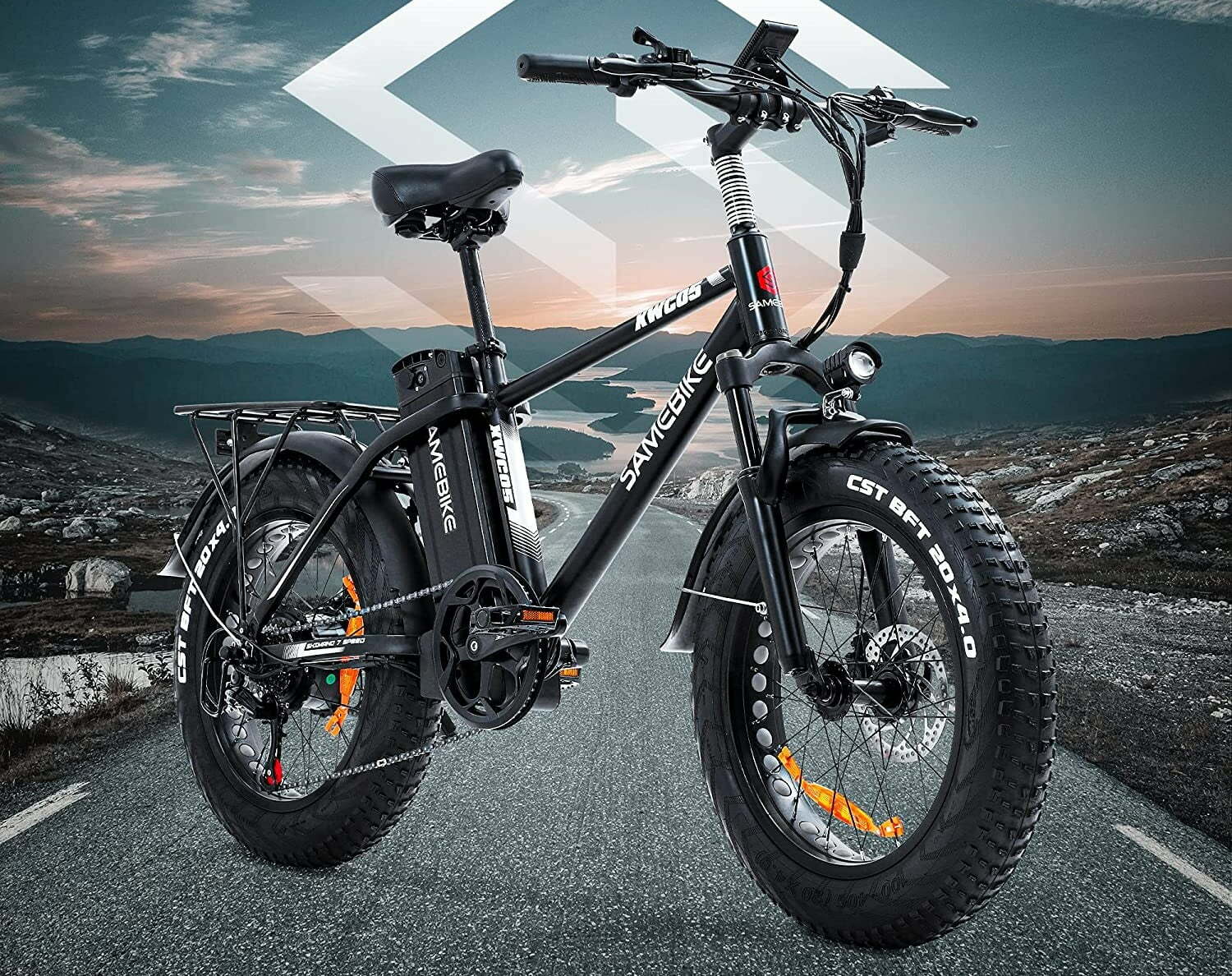
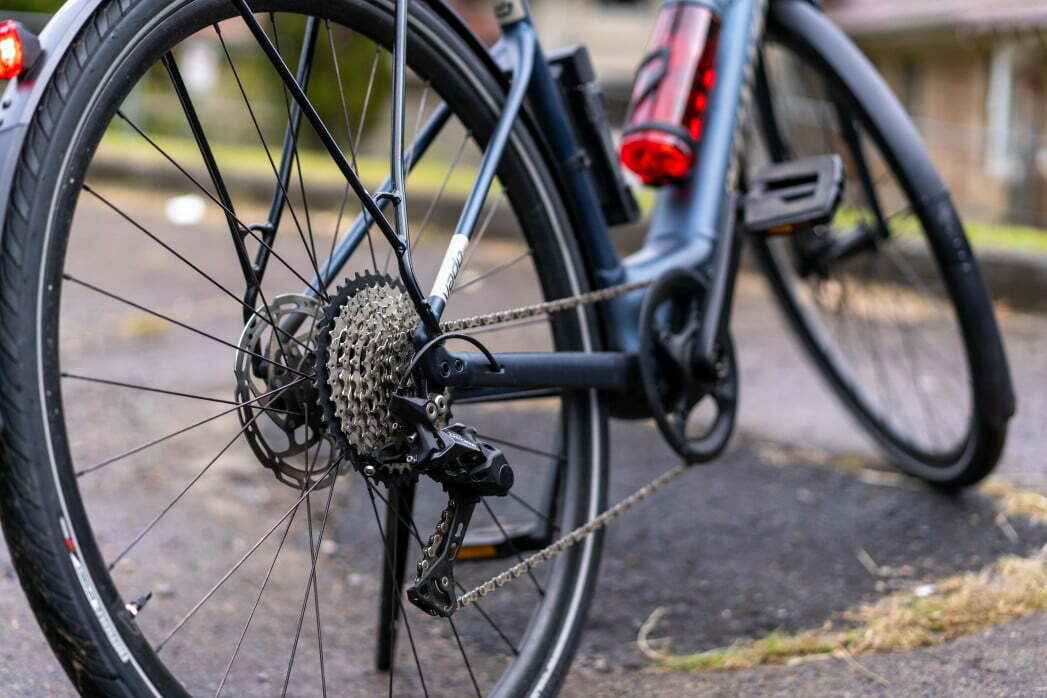
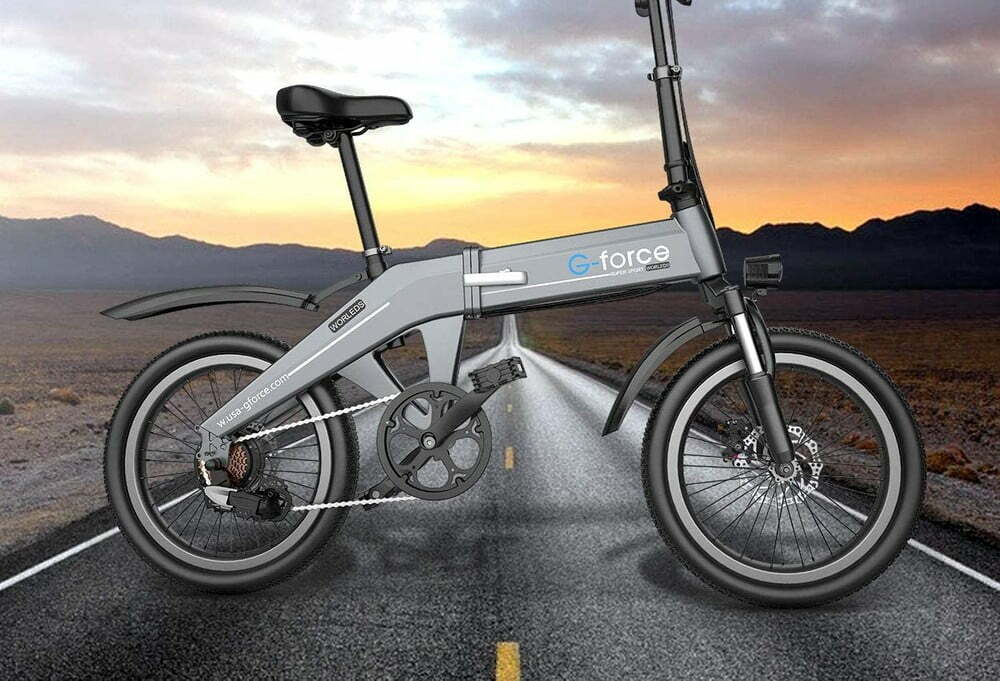
![Best Electric Bike in [year] ([month] Reviews) 27 Best Electric Bike in 2026 (January Reviews)](https://www.gadgetreview.dev/wp-content/uploads/elby-s9-750x422-1.png)
![Best Bikes in [year] ([month] Reviews) 28 Best Bikes in 2026 (January Reviews)](https://www.gadgetreview.dev/wp-content/uploads/cheapest-electric-bikes-1.jpg)
![Best Front Drive Electric Motor Bikes in [year] 29 Best Front Drive Electric Motor Bikes in 2026](https://www.gadgetreview.dev/wp-content/uploads/best-front-drive-electric-motor-bikes-image.jpg)
![Best Cannondale Electric Bikes in [year] 30 Best Cannondale Electric Bikes in 2026](https://www.gadgetreview.dev/wp-content/uploads/best-cannondale-electric-bikes-image.jpg)
![Best Luna Cycle Electric Bikes in [year] 31 Best Luna Cycle Electric Bikes in 2026](https://www.gadgetreview.dev/wp-content/uploads/Luna-Cycle-Apex-Electric-Bike.webp)
![Best Rad Power Electric Bikes in [year] 32 Best Rad Power Electric Bikes in 2026](https://www.gadgetreview.dev/wp-content/uploads/best-rad-power-electric-bikes-image.jpg)
![Best Rear Drive Motor Electric Bikes in [year] 33 Best Rear Drive Motor Electric Bikes in 2026](https://www.gadgetreview.dev/wp-content/uploads/best-rear-drive-motor-electric-bikes-image.jpg)
![Best Ebike Conversion Kits in [year] 34 Best Ebike Conversion Kits in 2026](https://www.gadgetreview.dev/wp-content/uploads/best-ebike-conversion-kit.jpg)
![Best Electric Bike Locks in [year] 35 Best Electric Bike Locks in 2026](https://www.gadgetreview.dev/wp-content/uploads/best-electric-bike-locks-image.jpg)
![Ebikes with Longest Range in [year] 36 Ebikes with Longest Range in 2026](https://www.gadgetreview.dev/wp-content/uploads/best-ebike-with-longest-range-image.jpg)
![Best Electric Bike Trailers in [year] 37 Best Electric Bike Trailers in 2026](https://www.gadgetreview.dev/wp-content/uploads/best-electric-bike-trailers-image.jpg)
![Best Bike Rack for Electric Bikes in [year] 38 Best Bike Rack for Electric Bikes in 2026](https://www.gadgetreview.dev/wp-content/uploads/best-bike-rack-for-electric-bikes-image.jpg)
![Best Electric Bike Helmets in [year] 39 Best Electric Bike Helmets in 2026](https://www.gadgetreview.dev/wp-content/uploads/best-electric-bike-helmets-image.jpg)
![Best Throttle Electric Bikes in [year] 40 Best Throttle Electric Bikes in 2026](https://www.gadgetreview.dev/wp-content/uploads/best-throttle-electric-bike-image.jpg)
![Lightest Electric Bikes in [year] 41 Lightest Electric Bikes in 2026](https://www.gadgetreview.dev/wp-content/uploads/lightest-electric-bike-image.jpg)
![Best Schwinn Electric Bikes in [year] 42 Best Schwinn Electric Bikes in 2026](https://www.gadgetreview.dev/wp-content/uploads/Electric-Bikes-image.jpg)
![Best All Terrain Electric Bikes in [year] 43 Best All Terrain Electric Bikes in 2026](https://www.gadgetreview.dev/wp-content/uploads/best-all-terrain-electric-bike-image.jpg)
![Best Cheapest Electric Bikes in [year] 44 Best Cheapest Electric Bikes in 2026](https://www.gadgetreview.dev/wp-content/uploads/cheapest-electric-bikes.jpg)
